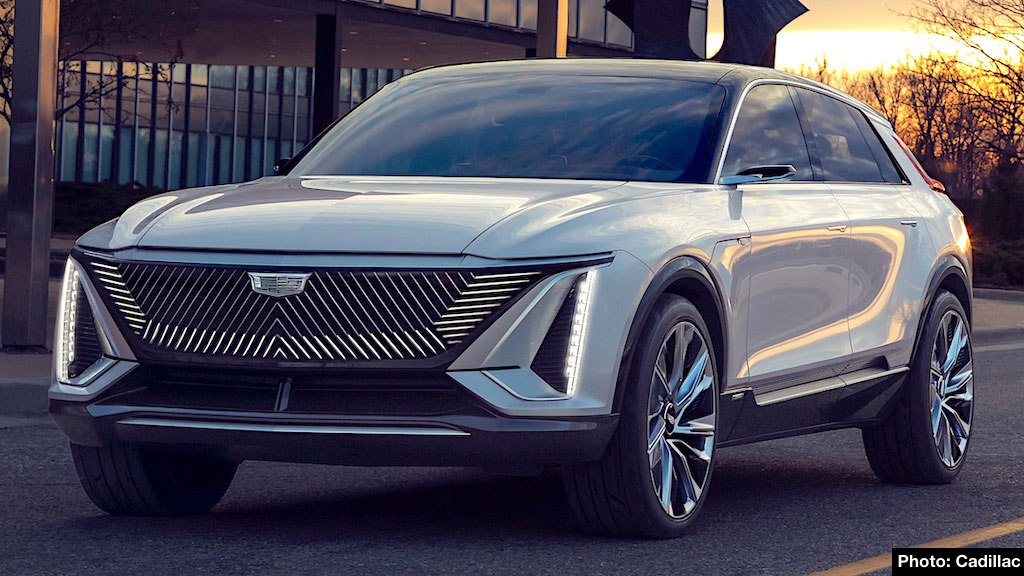
Australia’s EV market is accelerating into spring, with a string of new model arrivals and attractive short-term offers landing in September 2025. Manufacturers are broadening choices for mainstream buyers, while industry groups point to record sales and renewed calls for policy support to keep the momentum going. Here’s a concise rundown of what’s arriving, what deals are on the table, and what it all means for Australian drivers.
New model arrivals and deliveries
Nissan Ariya
- Deliveries of Nissan’s Ariya electric SUV begin this month in Australia, with four variants making their way to dealers. Pricing starts at $55,840, positioning the Ariya as a mid-range, family-friendly EV with a focus on comfort and usability. Buyers can expect a mix of battery sizes and drivetrain options across the line-up; as always, check with your local dealer for final specification and on-road pricing.
Skoda Elroq
- Skoda’s compact Elroq arrives with an aggressive price point aimed at first-time EV buyers, from $54,990. The Elroq targets mainstream appeal: compact dimensions for urban drivers, pragmatic interior space and a simple value proposition that could help close the affordability gap for buyers moving from petrol to electric. Early deliveries commence this month.
Zeekr 7X
- Zeekr’s strategically important mid‑size SUV – the 7X – is expected to land in Australia this month as well. Developed within the Geely group’s EV ecosystem, the 7X features air suspension, a luxury-oriented cabin and a specification slate designed to compete directly with the Tesla Model Y. If it arrives with competitive pricing and strong aftersales support, it has potential to disrupt the mid‑size SUV segment.
Special offers and limited-time deals
Cadillac Lyriq
- Cadillac is promoting the Lyriq with a time-limited incentive: up to $14,000 off the recommended retail price for orders placed by 30 September 2025 and delivered by 30 November 2025. The offer combines a finance deal and a drive-away discount but will be subject to dealer stock and finance approvals. Buyers should confirm the exact terms with participating dealers and ensure delivery windows are feasible before committing.
Market trends and industry context
Record quarter for EV sales
- The Electric Vehicle Council reported a record-breaking quarter in Q2 2025, with over 41,000 new EVs sold nationally. That surge underscores growing consumer confidence in EV technology and the expanding model choice available in Australia.
Policy and infrastructure – what the data highlights
- The rapid uptake documented in Q2 has reinforced industry calls for consistent, long-term government support. Areas frequently highlighted by manufacturers and industry bodies include:
- Incentives and purchase support to broaden affordability.
- Continued investment in public fast-charging infrastructure, with particular attention to regional and interstate coverage.
- Grid and distribution upgrades to handle concentrated EV charging demand, and smart‑charging initiatives to integrate EVs with renewable energy.
- While states and territories continue to roll out their own programs and concessions, buyers should monitor both federal and state announcements for changes to rebate schemes, registration incentives or tax arrangements.
What this means for buyers
- More choice at varying price points: The arrivals from Nissan, Skoda and Zeekr demonstrate that automakers are targeting different buyer segments – from first‑time EV buyers to those looking for premium features.
- Shopping tips:
- Total cost of ownership matters more than headline price – consider running costs, charging costs, dealer servicing and warranty inclusions.
- Confirm delivery windows and the small-print on any promotional discounts; limited-time dealer offers can depend on finance approvals and stock availability.
- Check your state or territory for specific incentives, registration advantages or stamp duty exemptions that might apply.
- Look for battery warranties (typical industry standard is around eight years or a specified kilometre limit) and manufacturer support for software and charging updates.
- Charging and practicality: The public fast-charger network is expanding, but gaps remain, particularly in regional corridors. If you regularly travel long distances, prioritise vehicles with rapid-charging capability and plan routes around reliable DC fast chargers.
Outlook for the rest of 2025
- Expect continued influx of new models and a possible intensification of short-term incentives as brands compete for market share. If policy support keeps pace with demand and charging infrastructure continues to expand, Australia’s transition to electric road vehicles is likely to accelerate through 2026.
Conclusion
September 2025 marks another step in Australia’s EV transition: established brands are refreshing their line-ups, newer entrants are pushing into the mainstream, and industry figures report record uptake. For consumers, this translates into more choice and better value – but also a need to shop carefully, compare whole-of-life costs and stay informed on incentives and infrastructure developments. The next few months will be telling: whether government policy, charging rollout and dealer readiness can sustain the growth trajectory the industry is now experiencing.
Frequently Asked Questions
Q: Which of the new arrivals is best for first-time EV buyers?
A: The Skoda Elroq is aimed explicitly at mainstream and first-time EV buyers with a competitive starting price. However, the best choice depends on personal needs – driving range, charging habits, interior space and aftersales support are critical factors to weigh alongside purchase price.
Q: Is the Zeekr 7X a genuine rival to the Tesla Model Y?
A: The Zeekr 7X is positioned to compete with the Model Y on space, comfort and features, notably with air suspension and a premium cabin. Its competitiveness will hinge on pricing, range, real-world efficiency and the quality of aftersales service in Australia.
Q: How do I secure the Cadillac Lyriq offer?
A: Contact participating Cadillac dealers to confirm stock, the finance package terms and delivery windows. The advertised incentive applies to orders placed by 30 September 2025 and delivered by 30 November 2025 – confirm any exclusions or eligibility criteria before signing.
Q: Are there federal EV incentives in Australia right now?
A: As of September 2025, Australia’s incentive landscape varies by state and territory, with some jurisdictions offering concessions, rebates or registration benefits. There is ongoing industry advocacy for consistent federal policy to support adoption; check state government websites and dealer advice for up-to-date information.
Q: Is charging infrastructure adequate for long-distance driving?
A: Public fast-charging networks are expanding, particularly along major corridors, but regional gaps remain. If you frequently travel long distances, plan routes around verified DC fast chargers and consider vehicles with strong rapid-charging performance.
About EV Evolution
EV Evolution is the leading online platform dedicated to Australian electric vehicle owners and enthusiasts. We foster a vibrant community, delivering essential EV news and insights, and enhancing user engagement through our innovative, AI-powered chatbot for dynamic discussions. Our mission is to empower Australian electric vehicle owners and enthusiasts by fostering a vibrant, AI-driven online community that connects, informs, and advances the nation’s electric vehicle landscape.




